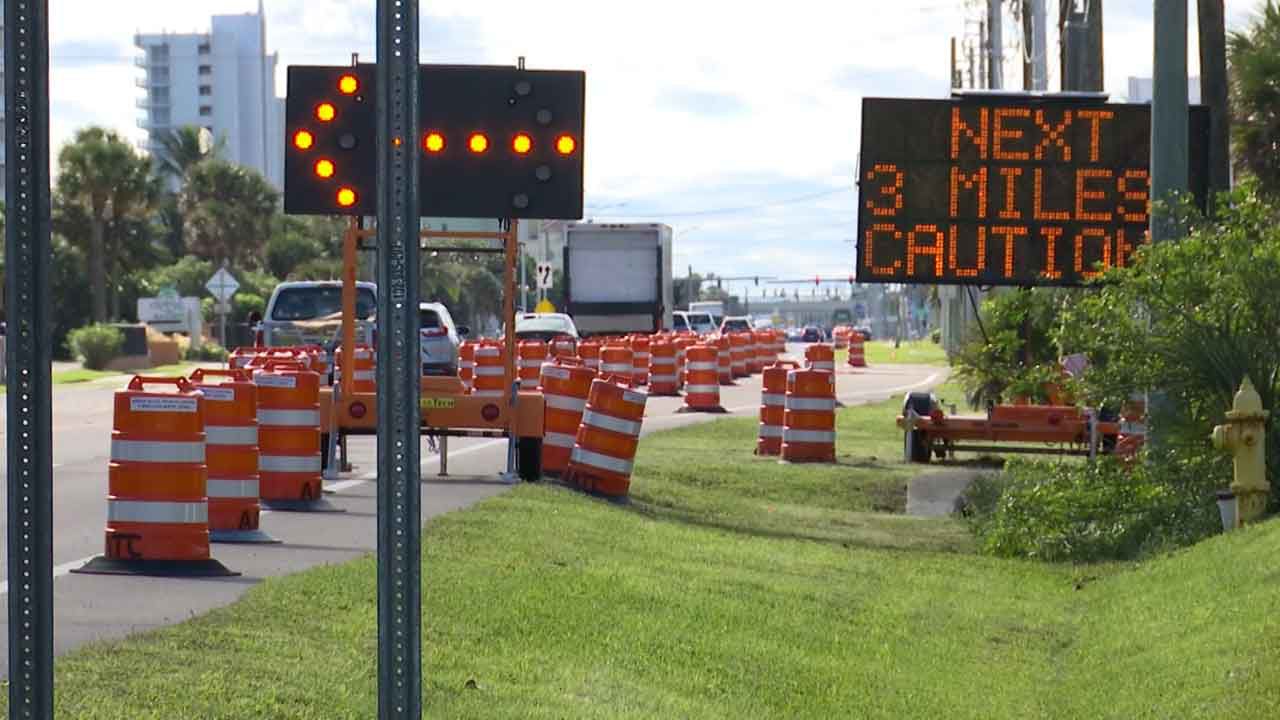BREVARD COUNTY, Fla. — Drivers in Brevard County beachside communities will be receiving an untimely "gift" for the holiday season this year — more construction and lane closures on A1A as the county continues a pedestrian safety project.
- Phase 2 of project slated to last 8-10 weeks
- 5-mile stretch will have new pavement markings, 11 new pedestrian crossing points
- More Brevard County news
Drivers in the area need to be aware ahead of the busy season when family and friends are in town that the closures will make their commutes on A1A a little slower for the next two months.
According to the Florida Department of Transportation, phase two of the pedestrian safety project should be completed in eight to ten weeks. Until then, the right lanes on A1A from Eau Gallie Boulevard to U.S. 192 (5th Avenue) will be closed in both directions.
That stretch of roadway will, once construction is complete, have 11 new pedestrian crossing points and an upgrade to an existing crossing point.
The estimated cost of the project is approximately $1.1 million.
"Something needs to be done"
Longtime Indian Harbor Beach resident and surfer Jorge Villarreal walks to the beach a few times a week. He told us every time he does it's like playing dodgeball with the cars.
“I've had close calls crossing A1A going to the beach," he said. "I saw the car coming and it was not going 40 miles it was going 50 miles. Something needs to be done."
And something is being done: new sidewalk extensions through the median, drainage work, new directional signage and most importantly 12 rectangular rapid-flashing beacons, or RRFB.
According to the National Highway Safety Administration, RRFBs are cheaper than traffic lights — set up costs about $15,000.
Villarreal says after 29 years living in the area he's glad there will finally be a crosswalk so he doesn't have to dodge traffic.
“Some people are not paying attention to the warnings, but there are some in Indialantic, when you press the button the lights come on and you should stop. It makes it a lot easier for people not to get hit,” Villarreal says.
The five mile stretch of road will also have new pavement markings and raised concrete mid-block crossings equipped with Americans with Disabilities Act-compliant features such as detectable warning surfaces.



